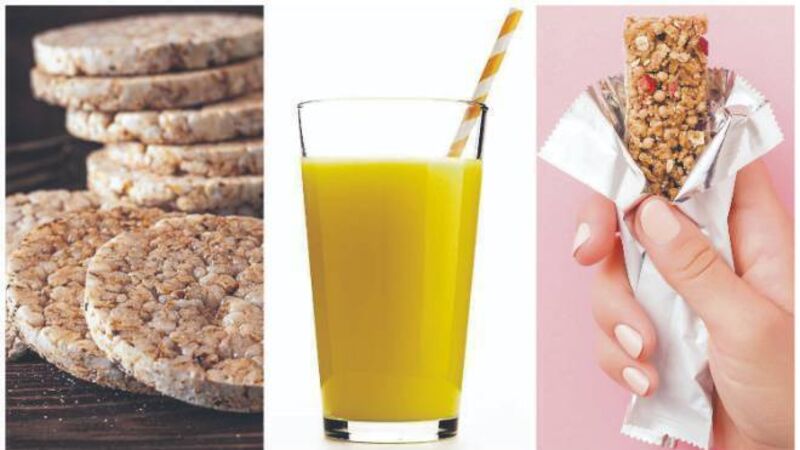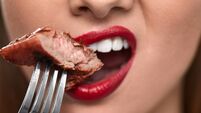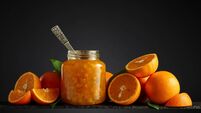Top 10 'healthy' foods dietitians say you need to think twice about

Some of the foods you might need to think twice about giving staple status
From celebrity endorsements and social media influencers to targeted ads and billboards, layers of canny marketing are aimed at our dietary choices.

Celebrating 25 years of health and wellbeing











